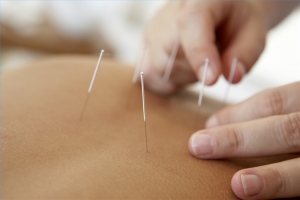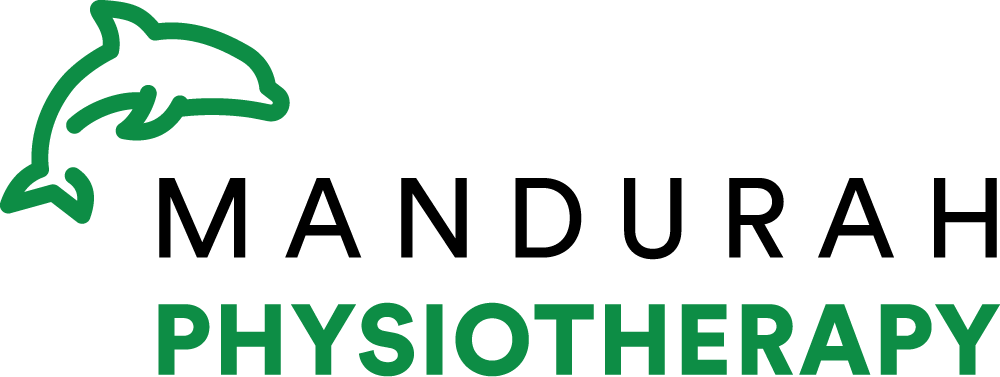
What is dry needling?
Dry needling involves inserting very fine needles into specific areas in the body without injecting any substance, with the purpose of pain relief. Dry needling is very effective for relaxing overactive muscles and stimulating the healing process.
What is dry needling used for?
Dry needling can be used for many musculoskeletal problems, including back pain, neck pain, shoulder pain, knee pain, and any muscle or joint pain. Dry needling has been demonstrated to have a positive effect on pain caused by mechanical, inflammation or ischemia in soft tissues. It has also been suggested that dry needling is effective in neurological pain. Dry needling could be used as a part of a physiotherapy or therapy programme, to assist with regaining full movement and function.
How does dry needling work?
Dry needling is described to reduce pain by a variety of different mechanisms including releasing substances in local tissue causing a local immune response, attenuation of pain input in the dorsal horn of the spinal cord, and activation of the pain inhibitory control from the brain.
Are there any hygienic or safety concerns about dry needling?
The needles that we use nowadays are all sterile, single-use and disposable, so there is a very low risk of contamination. It is a very safe form of treatment if administered by qualified practitioners. Minor side effects can include post-treatment drowsiness, nausea, fainting, local bruising, bleeding or temporary exacerbation of symptoms. More serious complications occur very rarely but may include convulsions, organ puncture (eg. collapsed lung) or reflex sympathetic dystrophy. It is not recommended to have dry needling if you have a needle phobia, are taking blood thinners, have a history of tumours, epilepsy, autoimmune disease, skin disease, blood-borne infection or panic attacks.
Is it like getting injections?
The needles that are used for dry needling are fine and vary from 0.12 mm to 0.35 mm in diameter, which is much finer than injection needles. Therefore, when properly done, you would barely be able to feel the insertion of a dry needle into the skin. However sometimes with sensitive trigger points, some minor discomfort may be felt during or post-treatment.
If you have pain mentioned above, including back, neck, shoulder, knee and any muscle or joint pain, come in to get it checked by one of our qualified dry needling therapists here at Mandurah Physiotherapy, and let the healing start today!
